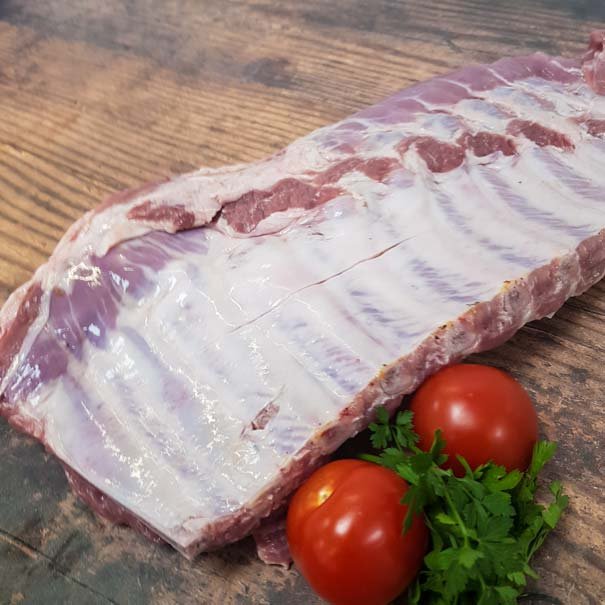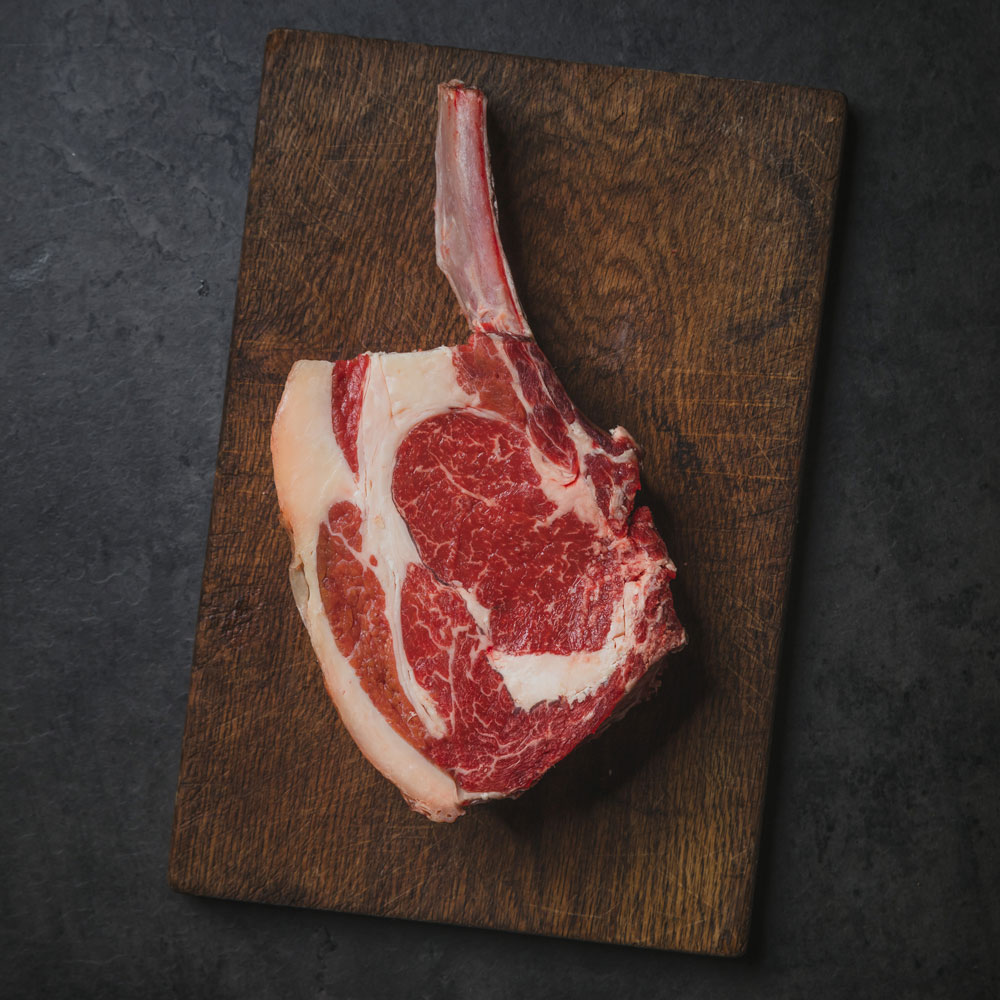
Barbecuing a rack of pork ribs is a delicious way to enjoy tender and flavorful meat. Whether you are a seasoned pitmaster or a beginner, these simple steps will guide you through the process of barbecuing the perfect rack of pork ribs.
Remove the membrane from the back of the ribs by gently loosening it with a butter knife and then pulling it off. This will allow the flavors to penetrate the meat more effectively.
Season the ribs generously with your favorite dry rub or marinade. Ensure that the ribs are coated evenly on both sides. You can use a pre-made rub or create your own blend of spices to suit your taste preferences.
Preheat your grill to a medium-low heat, around 250°F (120°C). If you are using charcoal, arrange the coals to create an indirect heat zone. This will help to slow cook the ribs and prevent them from burning.
Place the seasoned ribs on the grill, bone side down, over the indirect heat zone. Close the lid and let the ribs cook for approximately 2 to 3 hours. Maintain a consistent temperature throughout the cooking process.
During the last 30 minutes of cooking, brush the ribs with your favorite barbecue sauce. This will add a delicious glaze and enhance the flavor of the meat. Be sure to turn the ribs occasionally to prevent the sauce from burning.
Once the ribs are cooked to perfection, remove them from the grill and let them rest for a few minutes. This allows the juices to redistribute and ensures a tender and moist end result. Slice the rack into individual ribs and serve with additional barbecue sauce on the side.
Now you are ready to enjoy your mouthwatering barbecued rack of pork ribs. Serve them with your favorite sides and savor the delicious flavors of your homemade masterpiece.



Here's a handy chart to help determine the right portion sizes for meat joints based on appetite size:
| Appetite Size | Boneless Meat (g per head) | Bone-in Meat (g per head) |
|---|---|---|
| Small Appetite | 125–150 g | 200–250 g |
| Medium Appetite | 150–200 g | 250–300 g |
| Large Appetite | 200–250 g | 300–350 g |
| Extra Large Appetite | 250–300 g | 350–400 g |
These portions are for the main course. If the meat is part of a larger meal with substantial sides, you could reduce the quantities slightly. For feasts or special occasions where people may indulge, consider the higher end of the range.
